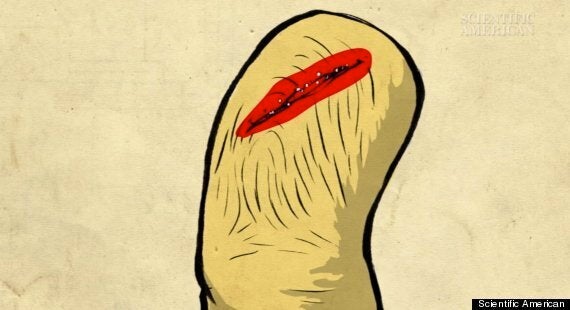Paper cuts are tiny nicks to the skin. Alongside wasps, we're convinced they're the devil's punishment.
The editor of Scientific American, Ferris Jabr, explains that the skin on our hands and fingers is packed with neurons - some of which are called nociceptors.
These are responsible for detecting potential harm, so, when you burn yourself, pour chemicals on your hands or something attempts to break the skin, your nociceptors start to go nuts.

They trigger a cascade of electrical and chemical signals that eventually reach the brain and make us aware of our new (and rather painful) injury.
The other issue with paper cuts is that paper doesn't actually make as clean a cut as you might think.
At microscopic level, the edge of that page in your book is pretty jagged - so it cuts through your skin more like a saw than a knife. To add insult to injury, paper leaves behind chemical coded particles which will then irritate the wound.
And finally (because these things ALWAYS come in threes) paper cuts are often quite shallow, which means they leave exposed nociceptors. Meaning that every time we use our hands, the wound will flex open and disrupt the nociceptors.
Welcome to the house of pain.
SEE ALSO:
Snail Venom Could Be Used To Create Pain Relief Drug 'Stronger Than Morphine', Experts Say
Suffer From Back Pain? These Foods Might Be The Cause
Curb The Period Pain, Boost Your Energy And Make Life Easier With These Bloody Good Period Hacks
[H/T BuzzFeed]